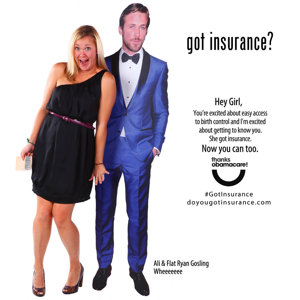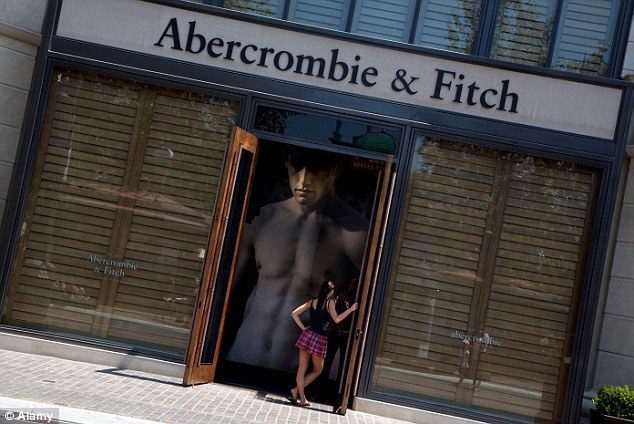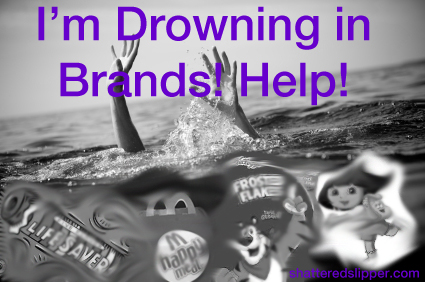
In television commercials, marketers put their best skills to use: making sure the kids rule. The characters, whether animated or not, are often young, thus making them really relatable to the target consumer, kids. Duh. Because no kid wants a parent telling them what to do, amiright?
Though I hate to admit it, marketers are smart because they realize that children are the primary consumers because of their direct buying power or the “I want it now forever always” and indirect buying power through their parents or “Please can I have it now forever always.” Kids are drowning in brands; the most popular are toys, cereal, fast food, candies or sugary snacks. The marketers’ task is to create a commercial that establishes an audience, sells a product and embeds values to children in hopes of creating a “cradle to grave” brand loyalty (Jennings, 2007). And somewhere in between the cradle and the grave we become zombies who succumb to this very formulaic (and successful) approach to marketing.
Marketing 101: Baby Whispering 101: Marketers use different production techniques when selling products, knowing full well children cannot decipher between reality and fantasy until about the age of six (Chandler and Griffiths, 2000). However, different tactics are used to appeal to boys and girls and usually marketers bring in back up in the form of psychologists to determine how young boys and girls brains function. The most obvious tactic: voiceover. Eighty percent are male because they appeal to both genders when used in a mixed target audience (Chandler and Griffiths, 2000). Therefore female voiceovers are only used for girl-based commercials. Because sciences of psychology and brains.
Marketers can format commercials to create underlying messages while simultaneously selling a product to children. Sneaky, Sneaky. Social standing is a main message that is portrayed through kids’ commercials.
Are in you in? or Are you out?
The commercials define not only who they are as a person through their own eyes, but also the eyes of their peers. Kid culture, though accelerated, has been focused around what is “cool,” or socially acceptable. Ok, yes, “cool” is a dated word, but necessary in this context. “Cool” is anything that the marketers deem as a must-have for social survival. But that One Direction album, “MOMMM I NEEEDDD ITTTT, IT COMES OUT TODAY AND I NEED ITTTT!!!”
And purchasing the must-haves leads to happy and fulfilled lives. Some messages are more direct than others. So essentially that One Direction album will make me the happiest ever, well until the next boy pop band comes along. Although, maybe there’s a point that I’m just now realizing. It could be a boy band thing, or a music thing in general, but at the age of 25 I’m going to be going to a Backstreet Boys concert this weekend, which will make me the happiest and satisfy my craving for nostalgia. Could a musical group be a brand? Absolutely, and apparently one that has been a must-have in my musical library since the Discman was invented. Now for claiming BSB has made my life fulfilled, would be a little ambitious, but then again Sunday I’ll probably have that frame of mind of life being fulfilled at that very moment. Maybe, I want it that way, and I don’t have to tell you why? (see what I did there?)
Ok, Ok but for commercial examples there’s Sketcher’s Pretty Tall Shoes which labeled the message of beauty. The product was branded with the words “pretty” and “tall,” telling the consumer what is beautiful. Pretty could’ve had a double meaning, as in they’re pretty tall in height in addition to the beauty standard. Hidden messaging, is all around.
Sketcher’s just keeps winning in the ridiculous shoe department with their recent Daddy’$ Money shoes, which essentially is the same thing as Pretty Tall shoes with the hidden wedge, just geared toward teenagers, and with the $ sign you would think they’d be sponsored by Ke$ha (Now who’s the genius marketer, ha).
It doesn’t matter if the product is food, clothing, or toys, children are trained by this “hypercommercialized” marketing wave to be vulnerable and give in to the messages. It’s time to snap out of zombie mode, people! We need to educate our kids and ourselves to the reality that kid culture has morphed into one of the largest consumer cultures allowing advertisers and marketers to run rampant!
What ridiculous ads have you seen for kids lately? Share them in the comments. (extra brownie points (yum), gold stars and confetti for YouTube videos links!)





